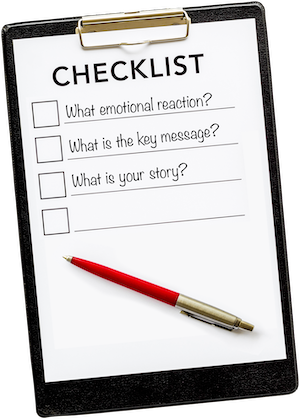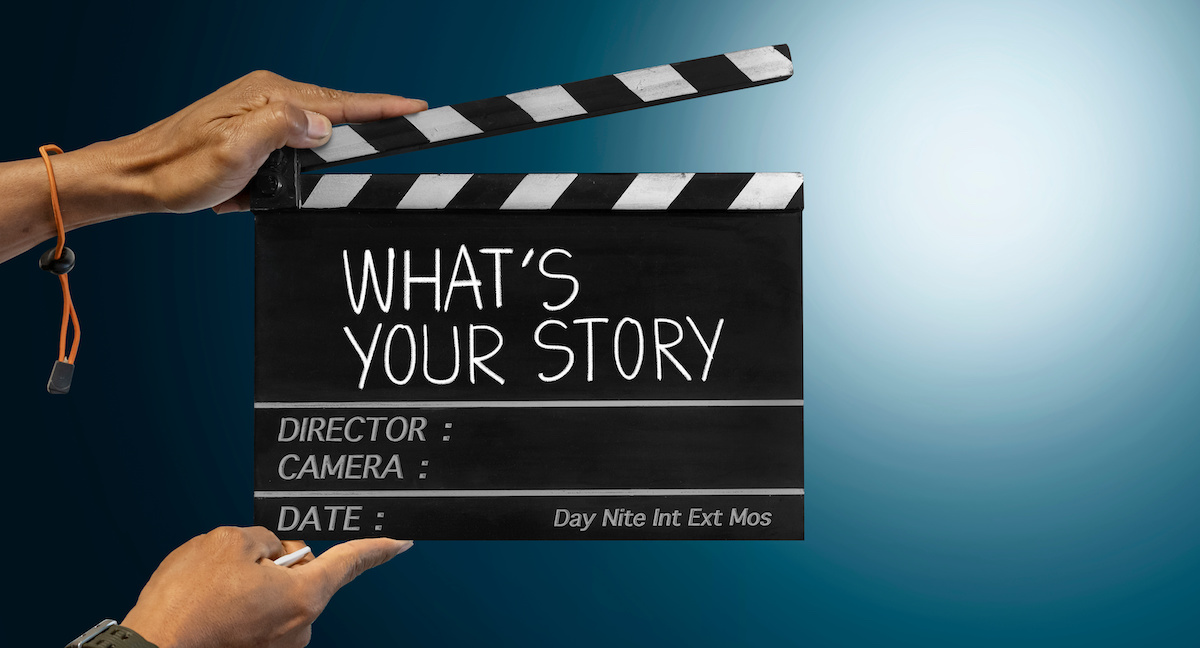When was the last time you watched a movie that you thought was great? What about it made it great? Perhaps the plot was clever, the action was sharp, or the special effects were stunning: I’ll bet your answer is almost anything except for ‘how it made you feel’!
When we say a film is a “romance,” “suspenseful,” or “thought-provoking,” we’re referring to our emotional reaction to it – our feelings about it. For example, some people enjoy the adrenaline rush they experience when watching a horror movie, while others appreciate the “warm and fuzzy” feelings they get when they watch a romance with a happy ending.
Regardless of our personal preferences for movie genres, it all boils down to the fact that we expect to enjoy a movie or video, and the measure of that enjoyment is ultimately our emotive response. If we feel nothing after watching a movie or video, we’ve pretty much forgotten the experience (and the movie) by the next day. A filmmaker’s responsibility, then, is to leverage the tools at their disposal to elicit the desired emotional response from the audience.
Questions to Ask Before a Video Project

With this in mind therefore, when customers ask us to do a video project, we first ask: How do you want the audience to feel when they watch this video? Do you want them to feel moved, excited, or provoked? Then we ask: What is the key message you want the audience to remember? The answers to these two questions define our goals and shape the outcome of the video.
Imagine you’re watching a product video with someone standing at a table, looking into the camera, holding the product, and explaining its value for five minutes. Within seconds, you’re bored (not the emotion that the filmmaker wanted), and you abandon watching it. Or, if you have the discipline to watch it through, your mind drifts to other things, and you aren’t paying attention to the product and its features.
The audience needs to feel the value and be attentive to the message, if they are to have an emotional response.
The Story is the Key
The primary tool the filmmaker has to connect to the audience’s emotion is the story. Without an interesting and unique story, connecting to the audience’s emotion is almost impossible. On the other hand, overusing the same story can quickly become dull.
Think of Hollywood’s Rocky franchise (featuring Sylvester Stallone): Its use and constant reuse of the underdog story makes a good plot. But it went from box office hit to forgettable very quickly! The repetition and predictability decreased the emotional impact the movies had on viewers, and they began to lose interest.
Every movie or video needs a story structured around the key outcome (the audience’s desired emotional response) and the key message (what you want the audience to remember). The emotional outcome may take the form of a unique or unexpected twist at the end of the video, or it may be a gradual build-up over the course of the story.
Provoking Emotional Engagement in Video
Here’s an example of provoking emotional engagement in a video. In our ‘Remembering’ series that we produced for a public school district, we feature graduates speaking on their high school experiences, and then we show them writing. We don’t tell the audience what they are writing or why they are writing, they’re by themselves just writing. At the end of the video, the audience then see rising middle schoolers opening letters, and only then realize the graduates were actually writing letters to the incoming freshmen. This unexpected surprising reveal elicits a strong, emotional response from the audience. At the stadium for each school’s graduation, we played these videos as part of the ceremony. It was such a delight for us, as we watched the audience’s reaction and received unsolicited applauses!
The story is therefore the key to audience engagement as well. By being interesting and relevant to the audience, the story will keep viewers engaged and attentive, which makes them more likely to understand and remember your key message. In the example above, withholding details about what the audience was seeing provoked thought and left them wondering what was happening; this curiosity keeps the audience engaged because they need this ‘mystery’ solved.
So, before your next video project:
- Define the emotional response you want your audience to experience
- Define the key message you want your audience to remember
Then, write your story with the emotional response and key message ‘top of mind.’






